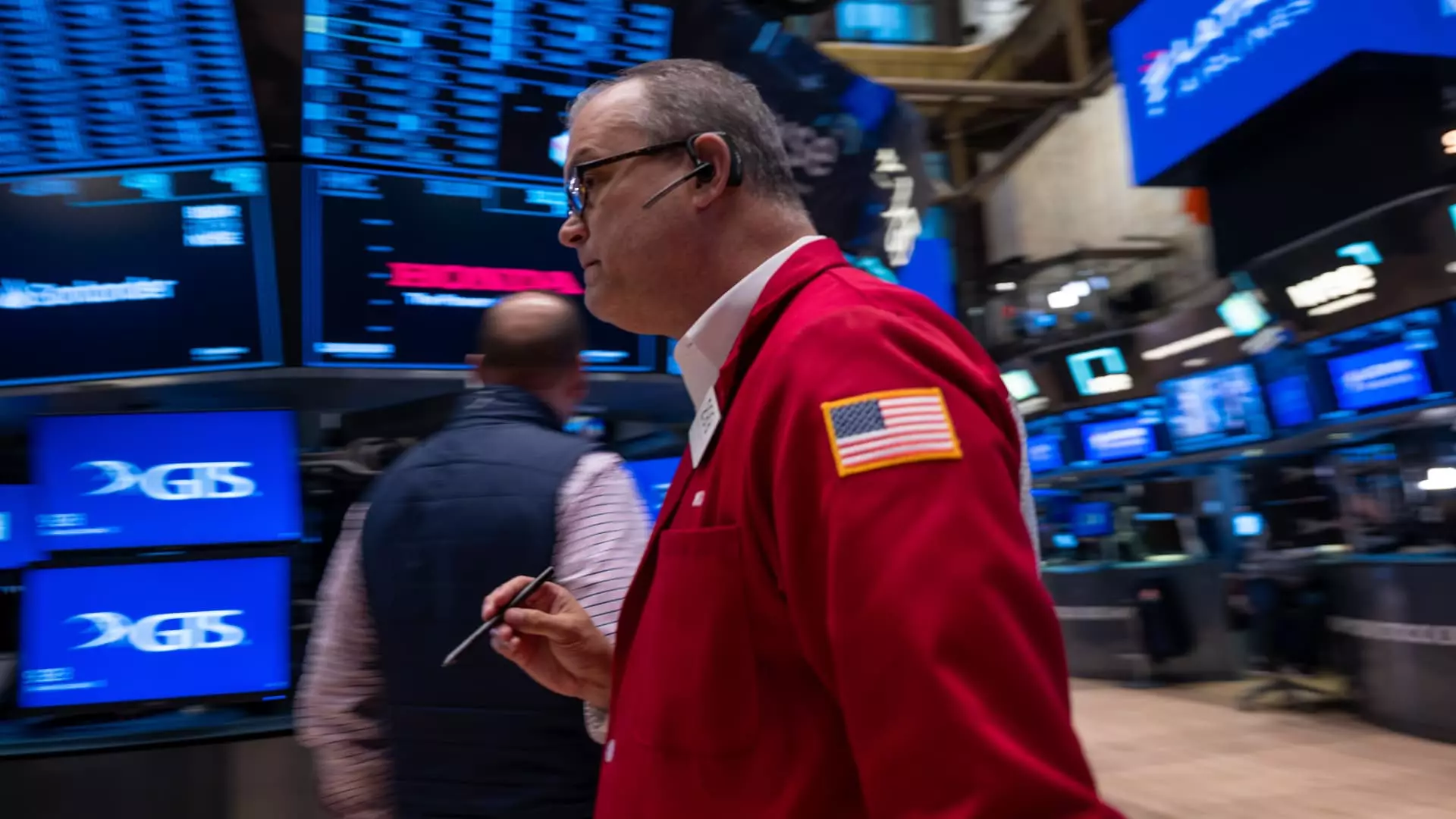On a pivotal Tuesday, the S&P 500 saw a modest increase of 0.7%, indicative of cautious optimism among traders as they awaited the results of a critical U.S. presidential election. The broader market movement was mirrored by a nearly 1% uptick in the Nasdaq Composite index, while the Dow Jones Industrial Average rose by 195 points, marking a 0.5% increase. This short-lived rally can largely be attributed to market participants bracing themselves for what could be a turning point in national governance, as polls indicate a fiercely competitive race between former President Donald Trump and current Vice President Kamala Harris.
The market’s anticipation is rooted not only in the presidential race but also in potential shifts in congressional power dynamics. The outcomes of both elections are likely to influence legislative priorities regarding fiscal policy, spending, and taxes. CNBC’s ongoing election coverage underscores this point, as traders are acutely aware that a sweep by either party in Congress could lead to substantial adjustments in economic strategies, affecting market sentiment and stock performance moving forward.
Historical Context and Market Sentiment
Historically, the period between Election Day and the end of the year has been characterized by positive stock performance. However, data stretching back to 1980 reveals that markets often experience a decline in the immediate aftermath of elections, as uncertainty takes center stage. This tendency emphasizes the intricate balance of investor sentiment as they navigate the upcoming electoral results.
Alicia Levine, an authority on investment strategy, recently articulated her outlook, suggesting that a divided Congress might serve as a stabilizing force for markets. This assertion speaks to the resilience of the market, as it continues to function optimally despite potential legislative gridlocks or unexpected outcomes from the election. While Levine adopts a cautiously optimistic tone, others in the market are braced for post-election volatility and uncertainty.
Additional Market Influencers
Beyond the electoral landscape, investor focus is sharply fixed on the Federal Reserve’s impending decision regarding interest rates. The Fed’s meeting is scheduled for Thursday, and traders are highly anticipating insights from Chair Jerome Powell concerning the central bank’s future policy maneuvers. Current market projections indicate a 98% chance of a quarter-point rate cut following the previous month’s significant half-point reduction. Such monetary policy adjustments could have far-reaching effects on stock performance and investor sentiment.
In terms of corporate earnings, the market displayed mixed reactions. Palantir Technologies saw its stock surge by 16% following an impressive quarterly earnings report and optimistic revenue projections. Conversely, NXP Semiconductors experienced a decline of 7% due to concerns regarding macroeconomic headwinds. This divergence highlights the specific influences that individual company performance can have, creating a more nuanced view of overall market conditions.
As the S&P 500 and other indices prepare for potential fluctuations in the wake of the elections, investors must remain vigilant. The current state of the market reflects a precarious balancing act—caught between the anticipated outcomes of political events and broader economic indicators. With the potential for volatility looming large, understanding the interplay of these elements will be essential for predicting future market movements. Whether the year-end results bring exuberance or trepidation will ultimately shape investor strategies and the broader economic narrative.

Leave a Reply